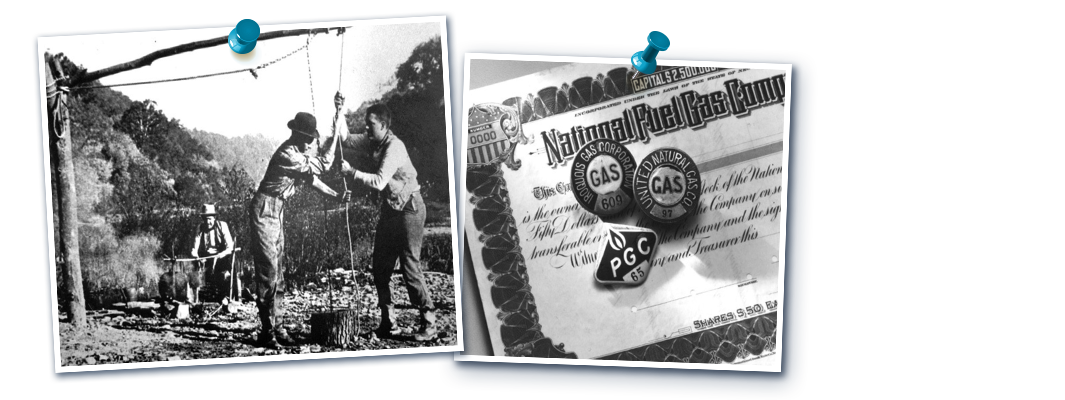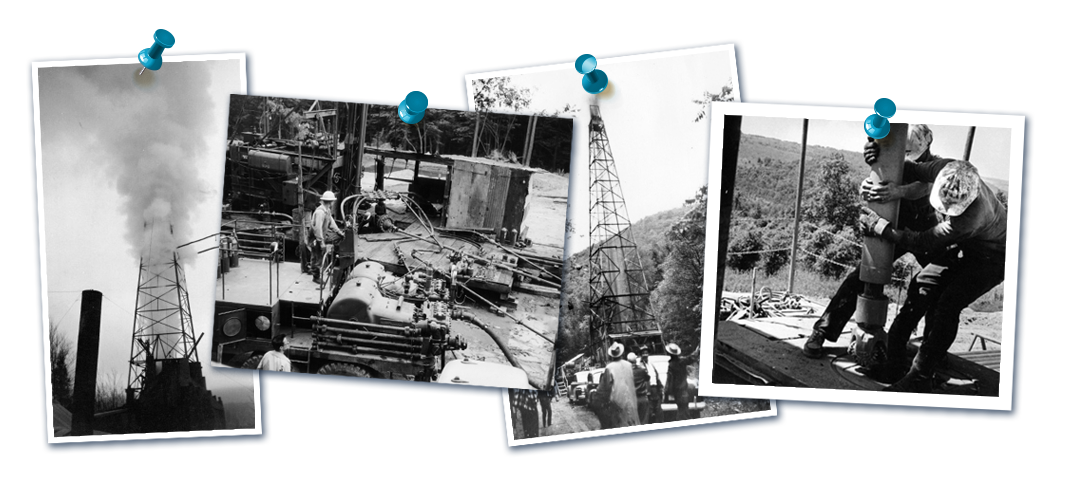Emergency Hotline
If you need to report an emergency, you can contact Seneca Resources 24 hours a day, 7 days a week at 1-800-526-2608 in Pennsylvania.
Landowner Questions
For landowner inquires or concerns, please contact The Land Department at 412-548-2600 or at landadmin@srcx.com.
With more than 100 years as an exploration and production company, Seneca Resources has a rich history of natural gas exploration and production. Plus, the roots of Seneca and its parent company, National Fuel Gas Company, go back nearly two centuries to the very formation of the natural gas industry.

1821
Observing natural gas escaping from Canadaway Creek in Fredonia, N.Y., gunsmith William Hart drilled a 17-foot hole in the shallow shale in 1821, eventually providing gas service to local stores and buildings for lighting and cooking. This is recognized as the first commercial use of natural gas in the United States.
1859
The natural gas industry, however, did not catch on until entrepreneurs were looking for a new product—oil—that could be used for lighting and other purposes. In Titusville, Pa., Edwin L. Drake’s drilling effort first produced the black gold on August 27, 1859. The mad rush for oil resulted in finding massive amounts of a sister fossil fuel—natural gas, often flared as a “waste product.” Intrigued with the mysterious product, John D. Rockefeller’s Standard Oil turned its attention to natural gas and by the 1880s, Standard and other interests created numerous local natural gas firms in the region.
1902
National Fuel Gas Company incorporates on December 8 and acquires interests in Pennsylvania Gas Company, United Natural Gas Company and other assets in West Virginia, Ohio and New York.
1913
One of many natural gas exploration companies operating in western Pennsylvania eventually would result in the creation of Seneca. The Mars Natural Gas Company was organized on June 9, 1913, by several unaffiliated parties of the Borough of Mars, Pa., and it produced and sold natural gas. The Mars Natural Gas Company was later incorporated into the National Fuel Gas Company family of firms. Changing its name to The Mars Company in 1918, it subsequently purchased and developed numerous small natural gas and oil-producing properties and also operated plants for the extraction of natural gasoline and liquid petroleum gases. In the next decade, Mars expanded by acquiring property and assets of various local natural gas firms in western Pennsylvania.

1928
Another National Fuel firm that would eventually contribute to the composition of Seneca Resources was the Sylvania Corporation, formed in 1928. Sylvania was engaged as a non-utility that produced and sold natural gas. Sylvania was involved in the discovery of many important natural gas pools in the Oriskany sandstone formation in north-central Pennsylvania during the 1930s–1950s.
1951
As the thirst for natural gas escalated, National Fuel’s exploration efforts constantly sought to fulfill the demand with significant gas discoveries, such as Sylvania’s wildcat well in Cameron County, Pa., striking the Driftwood-Benezette field in Oriskany sands. Despite many gas finds, Appalachian supplies could not meet the skyrocketing, post-war demand for natural gas, so attention turned to the Southwest and Gulf of Mexico region that would become the major producing area for U.S. supplies for the next half-century.
Hydraulic fracturing
Hydraulic fracturing of oil and gas wells to improve well production was first used in the 1940s and soon became a common practice. Fracturing or fracking forces water, sand grains and a small amount of chemicals into the well. Most oil and gas wells in the U.S. are fracked with a variety of techniques and materials depending on the geology to improve production of new and storage wells.
1974–1976
In 1974, National Fuel Gas Company realigned United Natural Gas Company, Pennsylvania Gas Company and Iroquois Gas Corporation into National Fuel Gas Distribution Corporation and the National Fuel Gas Supply Corporation—the pipeline, storage and transmission segment. In 1976, the company opened a Houston office to help coordinate Southwest gas purchases. This would pave the way for National Fuel to start a Southwest gas exploration program.
1978
National Fuel changed the name of The Mars Company to Seneca Resources Corporation and gave it the mission of exploring for natural gas supplies outside of the traditional service area. The subsidiary’s Houston Division explored for oil and gas in the Southwest and eventually conducted business in 12 U.S. states and Alberta, Canada. Seneca Resources acquired significant gas and oil reserves in Texas and along Gulf Coast shallow waters. The company expanded west in 1987, when it obtained substantial reserves of light crude oil and some natural gas from Argo Petroleum in Ventura County, Calif., establishing a divisional office in Santa Paula.
1983
National Fuel formed a new subsidiary, Empire Exploration, Inc., to coordinate drilling in the Appalachian region. Because of the involvement in Appalachian drilling since nearly the inception of the industry, National Fuel controlled oil and gas rights on more than 775,000 undeveloped acres of oil and gas property, much of that acreage as the total landowner. After deregulation of natural gas production increased gas supply and reduced wellhead prices, drilling in the Appalachian basin became severely depressed. However, decades of ownership of oil and gas rights in this region would turn out to be a “diamond in the rough” a quarter century later when attention would return to Appalachia and the Marcellus Shale.
1990s
Despite low prices for natural gas and oil, soon the assets in Texas and the Gulf Coast waters would pay off and become National Fuel Gas Company’s most significant opportunity for growth. Beginning in 1991, Seneca Resources changed its focus from building long-lived reserves through acquisitions to accelerating cash flow. New discoveries and record production was achieved, largely due to modern seismic data and analysis, including the use of 3-D seismic technology.
1994
National Fuel’s Appalachian drilling unit, Empire Exploration, merged into Seneca Resources and over the next decade, Seneca Resources would develop three main divisions: East, covering the Appalachian natural gas exploration and production; Southwest, including gas and oil drilling efforts in Texas, Louisiana, Alabama and the Gulf of Mexico; and West, primarily oil production in California.
2000
Seneca Resources expanded by acquiring all outstanding shares of Tri-Link Resources, Ltd., of Calgary, Alberta. National Fuel Exploration Corporation, a wholly owned subsidiary of Seneca Resources, was formed to explore and develop oil and gas wells in Canada and acquired Player Petroleum Corporation of Alberta. Seneca Resources also reached a five-year agreement with Talisman Energy, Inc. of Calgary, the largest independent oil and gas producer in Canada, to explore for deep oil and gas in the Appalachian basin.
2006–2007
Scaling back exploration in the Gulf of Mexico, Seneca Resources sold interests in oil and gas production in western Canada, but accelerated onshore drilling efforts in Texas, increased oil production in California and stepped up exploration in the Appalachian region.
In 2006-07, Seneca Resources partnered with EOG Resources and drilled its first vertical and horizontal wells in the promising Marcellus Shale formations. The total Marcellus acreage position was expanded to more than 775,000 acres, which lead to an ambitious company-operated Marcellus and Utica Shale exploration program using modern hydraulic fracturing techniques, including environmentally friendly ground-breaking methods of recycling and other best practices to protect drilling lands and groundwater.
2015
Highland Field Services, LLC (HFS), a subsidiary of Seneca Resources, was established to address the water management needs for Seneca and other oil and gas companies in the Appalachian basin. HFS operates two facilities in northwest Pennsylvania near the heart of the Western Development Area for Seneca.
2020
National Fuel completes acquisition of Shell’s integrated upstream and midstream assets in Pennsylvania, the largest acquisition in our company’s 118-year history.
